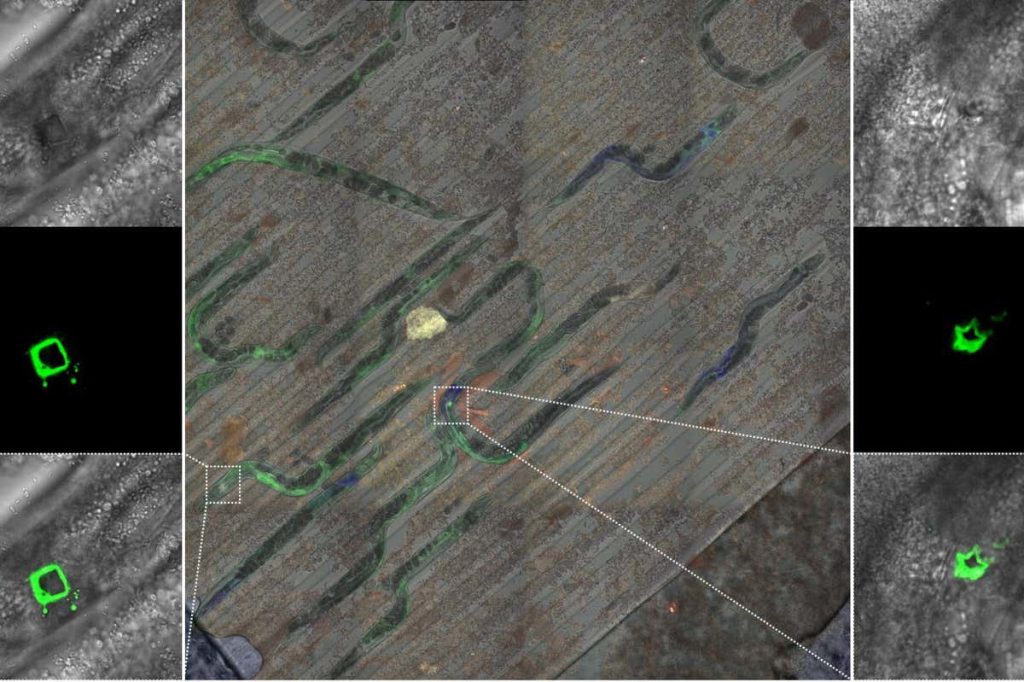3D bioprinting is a cutting-edge technology that enables the fabrication of living tissues and organs using a specialized 3D printer. It involves the precise layer-by-layer deposition of biomaterials and living cells to create complex three-dimensional structures that mimic the architecture and function of natural tissues and organs. This technology has the potential to revolutionize the fields of regenerative medicine, drug discovery, and personalized healthcare by allowing researchers to create functional tissues and organs for transplant, drug testing, and disease modelling. However, another new implication of 3D bioprinting has come to light.

Printing electronic devices inside the human body is no longer just a thing of science fiction. Scientists have demonstrated a breakthrough in 3D printing technology by creating conductive circuits inside living organisms. The discovery was made by John Hardy at Lancaster University in the UK and his colleagues, who published their research in the latest issue of “Advanced Materials Technology”.
In experiments with Caenorhabditis elegans, a tiny worm with a simple nervous system, metal nanoparticles were deposited in circuits or patterns using a custom-made 3D printer and a weak electric current, while fluorescent dyes were added to the nanoparticles to enable the circuit to glow.
The technology could enable the creation of electronic devices inside living organisms, such as brain-computer interfaces or neurostimulators. The devices could be used to treat neurodegenerative or nervous system-related disorders, and to monitor physiological signals or chemical reactions within the body. Further development and testing are required, but the breakthrough has enormous implications for medical research and treatment.
RELATED:
- YHE’s BP Doctor MED emerges as the first smartwatch with medical-grade BP monitor
- Xiaomi 12S Ultra Full Review: 1-inch Sensor with Leica Color Science
- Best Monitors for PlayStation 5 in 2023
(Via)







